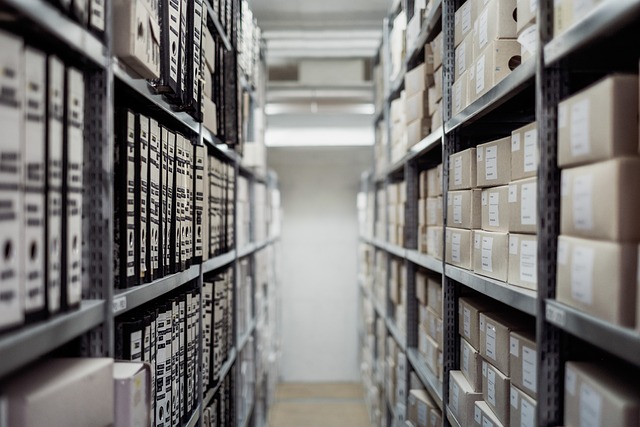Advancements in Cold Room Installation Engineering: Pioneering Efficiency and Sustainability
Cold room installations play a crucial role in maintaining the quality and safety of perishable goods in food storage and preservation. These specialized environments rely on sophisticated engineering principles to create optimal conditions for temperature-sensitive products. Over the years, advancements in cold room installation engineering have not only improved efficiency and reliability but also contributed significantly to sustainability efforts.
Engineering Precision
Cold room installation engineering requires meticulous planning and execution. It begins with a thorough assessment of the specific storage requirements for the intended products. Factors such as temperature range, humidity levels, airflow dynamics, and insulation materials are carefully considered when designing a system that ensures consistent and stable conditions inside the cold room.
Modern engineering practices leverage computational fluid dynamics (CFD) simulations to model airflow patterns and optimize the layout of cooling units and ventilation systems. This precision engineering minimizes energy consumption while maximizing cooling efficiency, resulting in operational cost savings and reduced environmental impact.
Technological Innovations
In recent years, significant technological innovations have been seen in cold room installations. One notable advancement is the integration of intelligent sensors and IoT (Internet of Things) devices. These sensors monitor temperature and humidity levels in real time, allowing for immediate adjustments and proactive maintenance. IoT capabilities also enable remote monitoring and control, providing facility managers with enhanced operational oversight and responsiveness.
Furthermore, advancements in refrigeration technology have led to the development of eco-friendly refrigerants with lower global warming potentials (GWPs). These environmentally conscious refrigerants contribute to sustainability goals by reducing greenhouse gas emissions without compromising performance or reliability.
Sustainability Focus
The push towards sustainability is a driving force in modern cold room installation engineering. Engineers prioritize energy-efficient designs that minimize carbon footprints. This includes incorporating energy-saving features such as LED lighting, high-efficiency compressors, and advanced insulation materials.
Moreover, sustainable practices extend beyond the initial installation phase. Regular maintenance schedules and system upgrades ensure optimal performance throughout the cold room’s lifecycle. Engineers also explore renewable energy sources, such as solar power, to supplement traditional electricity grids and further reduce environmental impact.
Challenges and Future Outlook
Despite the progress, cold room installation engineering faces ongoing challenges. One major challenge is adapting to increasingly stringent regulatory requirements regarding energy efficiency and refrigerant management. Engineers must stay informed about evolving standards and regulations to ensure compliance and uphold industry best practices.
Looking ahead, the future of cold room installation engineering is promising. Continued innovation in materials science, automation, and energy management systems will drive further improvements in efficiency and sustainability. Advancements in artificial intelligence (AI) and machine learning hold potential for predictive maintenance and autonomous operation, further optimizing cold room performance and reducing operational costs.
In conclusion, cold room installation engineering has evolved significantly, embracing technological advancements and sustainability principles to meet the demands of modern food storage and preservation. As global awareness of environmental stewardship grows, engineers continue to innovate, ensuring that cold rooms not only meet but exceed industry standards for efficiency, reliability, and sustainability.
Click the link below to find out more!


